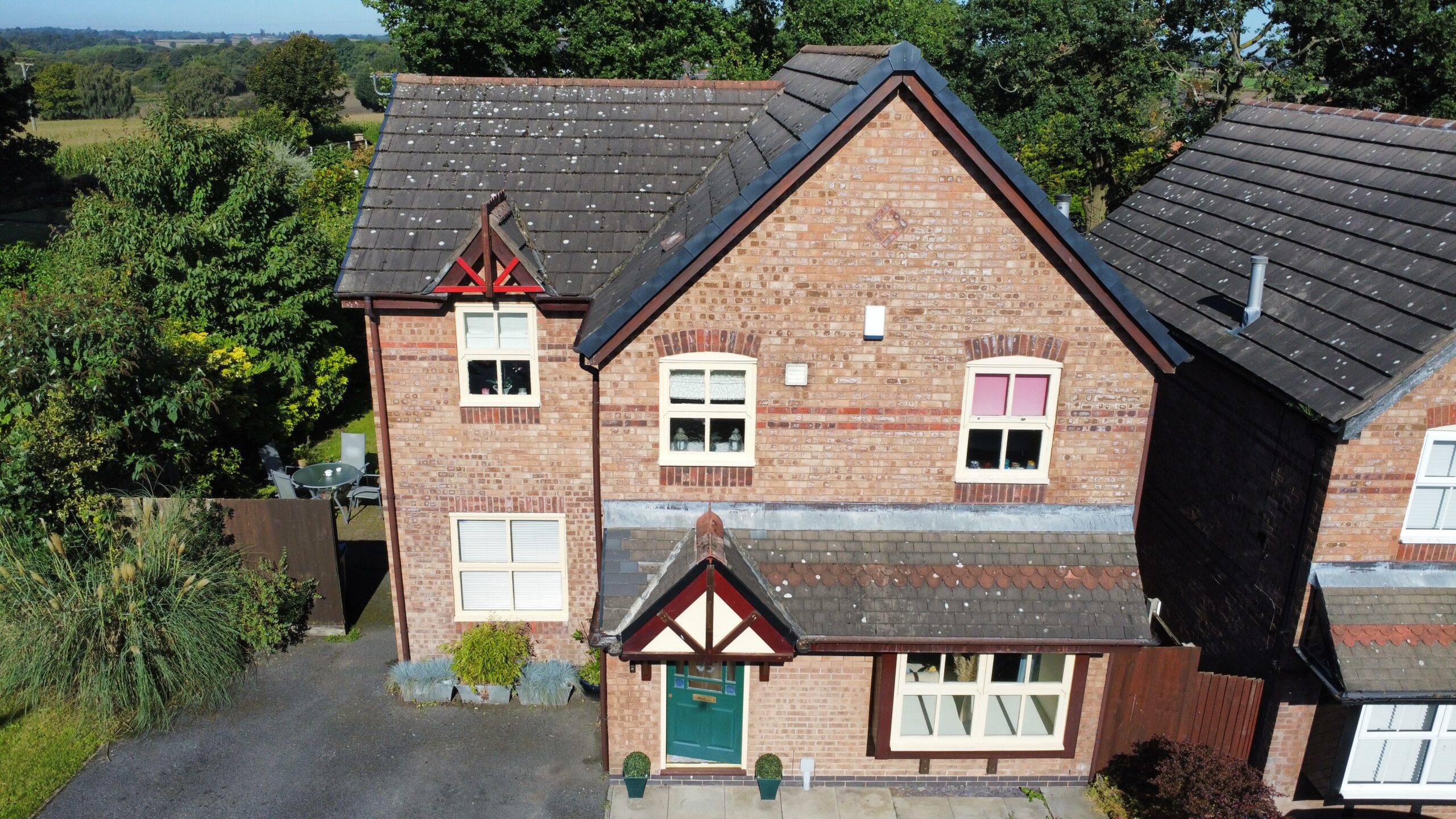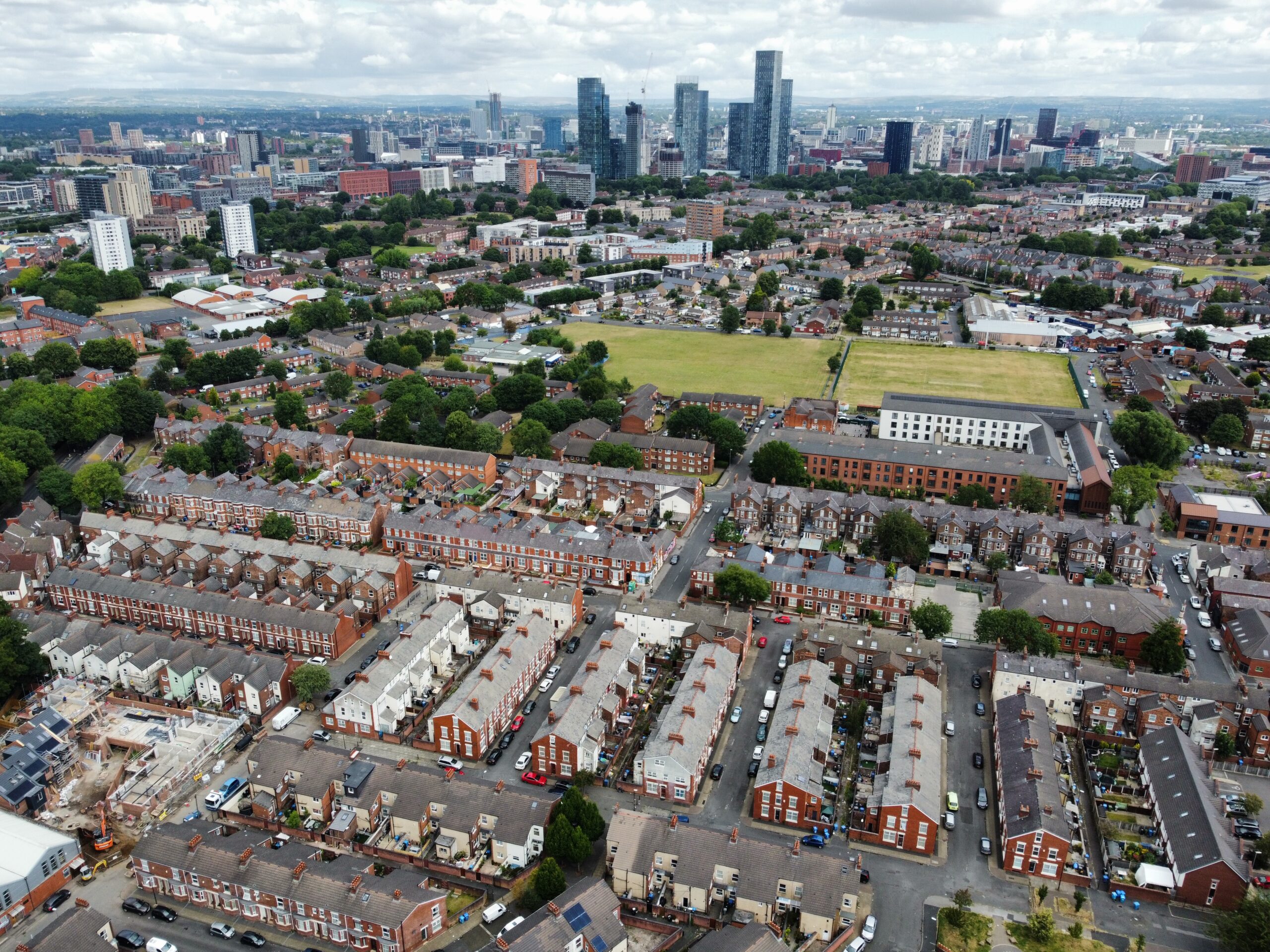When we look at property transactions, one critical aspect that often goes unnoticed is the importance of conducting a thorough survey. Level 2 Housing Surveys sit squarely in the realm of essential steps we take before committing to a property purchase. These surveys provide us with a clear and comprehensive understanding of the condition of a building, covering a wide range of issues from structural soundness to minor defects.
Our primary aim with a Level 2 Survey is to uncover any problems that could potentially incur significant expense or hassle in the future. We inspect the general state of the property, looking at both the interior and exterior, and assess issues such as dampness, timber defects, and insulation quality. It’s our way to ensure that we are making an informed decision, balancing the cost of any necessary repairs against the asking price of the property.
This type of survey is particularly beneficial because it gives us a professional’s insight into the maintenance the property will require down the line. We gain peace of mind by having a clearer picture of what we are investing in, which helps us avoid any unwelcome surprises after the purchase. Our Level 2 Housing Surveys stand as a prudent step in the property acquisition process.
Overview of Level 2 Surveys
Level 2 Surveys offer a detailed examination of a property’s condition. They are essential for potential homeowners to assess repairs and maintenance requirements.
Comparison with Other Survey Types
Condition Report (Level 1):
- Focuses on the basic condition, highlighting significant issues.
- Offers no detailed exploration or advice.
Building Survey (Level 3):
- Provides an in-depth analysis of property structure and condition.
- Includes technical information and advice on repairs.
Level 2 Surveys sit between these two extremes. They provide more detail than a Condition Report but are less comprehensive than a Building Survey. The focus is on identifying major potential defects, adopting a clear and non-technical point of view.
Here’s a quick comparison in a table format:
| Survey Type | Level of Detail | Advice on Repairs | Technical Information |
| Level 1 | Basic | No | Limited |
| Level 2 | Moderate | Yes | Moderate |
| Level 3 | In-depth | Extensive | Technical |
Importance for Home Buyers
We utilise Level 2 Surveys to highlight issues that may need immediate or future attention. It aids buyers in understanding:
- Potential costs and planning for repairs.
- Potential bargaining power over sale price based on identified issues.
Effective for most conventional homes, Level 2 Surveys offer an insightful evaluation, essential for informed decision-making during the home-buying process.
Key Components
Let’s look at the essential elements that form the core of a Level 2 Housing Survey. We’ll focus specifically on two critical subsections: Structural Assessment and Property Condition.
Structural Assessment
The foundation of our Level 2 Housing Survey lies in a Structural Assessment. We evaluate the integrity of the property’s load-bearing elements — from the walls to the roofs. This includes:
- Roof: Checking roofs for movement, bowing and structural issues.
- Walls and Framework: Assessing walls for bowing, bulging, or cracking.
Property Condition
Assessing Property Condition is crucial to our survey. We scrutinise the current state of the building and its features:
- Roofing: Inspecting tiles, flashings, and guttering for wear or damage.
- Windows and Doors: Checking windows and doors are sealed properly and in working order.
- Damp: Discovering damp during a survey can significantly impact a property’s potential value.
By meticulously inspecting these components, we ensure a well-rounded understanding of the property’s overall condition.
Executing the Survey
When executing a Level 2 Housing Survey, we focus on a comprehensive inspection of the property, which involves a systematic process and skilled interpretation of the results.
Selection of a Surveyor
It’s crucial we choose a qualified and experienced surveyor registered with a professional body, such as the Royal Institution of Chartered Surveyors (RICS). The surveyor should have a solid track record of conducting Level 2 Surveys and come with recommendations. Fortunately, Survey Hut meets these criteria to the letter!
Survey Process
Upon arrival, our surveyor conducts a visual inspection of all accessible parts of the property. This includes:
- Exterior: Roof, walls, windows, doors, joinery and gutters
- Interior: Ceilings, walls, floors, and permanent fixtures
- Grounds: Garages, outbuilding, gardens and boundaries
The use of equipment like ladders or moisture metres might be necessary to inspect hard-to-reach areas or diagnose specific issues.
Interpreting Results
Our task is to analyse the survey findings meticulously. The report will categorise defects with the following traffic light-based condition ratings:
- Green Traffic Light: No repair currently needed.
- Amber Traffic Light: Defects that need repairing or replacing but are not considered to be either serious or urgent.
- Red Traffic Light: Urgent repairs or replacement are needed now. Failure to deal with them may cause problems to other parts of the property or cause a safety hazard.
We must review and prioritise these findings to plan any necessary remedial works.
Challenges and Considerations
In addressing Level 2 Housing Surveys, we must also consider the inherent challenges and practicalities of dealing with the findings.
Limitations of Level 2 Surveys
Level 2 Surveys, also known as HomeBuyer Reports, are non-intrusive surveys that provide a clear overview of a property’s condition. They include:
- Visual inspections: Key elements like the roof, walls, and windows are inspected; however, they are not exhaustive as no lifting or moving of furniture or floorings occurs.
- Limitations in scope: The survey does not involve invasive procedures, thus concealed issues might be overlooked.
Dealing with Survey Findings
Once survey findings are presented, they must be carefully examined:
- Interpreting information: Surveys may identify issues such as structural movement or dampness. It’s crucial to understand the severity and implications of these findings.
- Further investigations: In some cases, additional specialist evaluations may be required to assess certain defects more closely.
Our goal is to provide a comprehensive understanding of these components to support an informed decision-making process.
Get in touch with Survey Hut today for a comprehensive Level 2 or Level 3 Home Survey. We are held to the highest professional standards by the RICS, so you know that you’ll get a high-quality report. So, make sure your perfect home, is perfect.
Sharing is caring!




